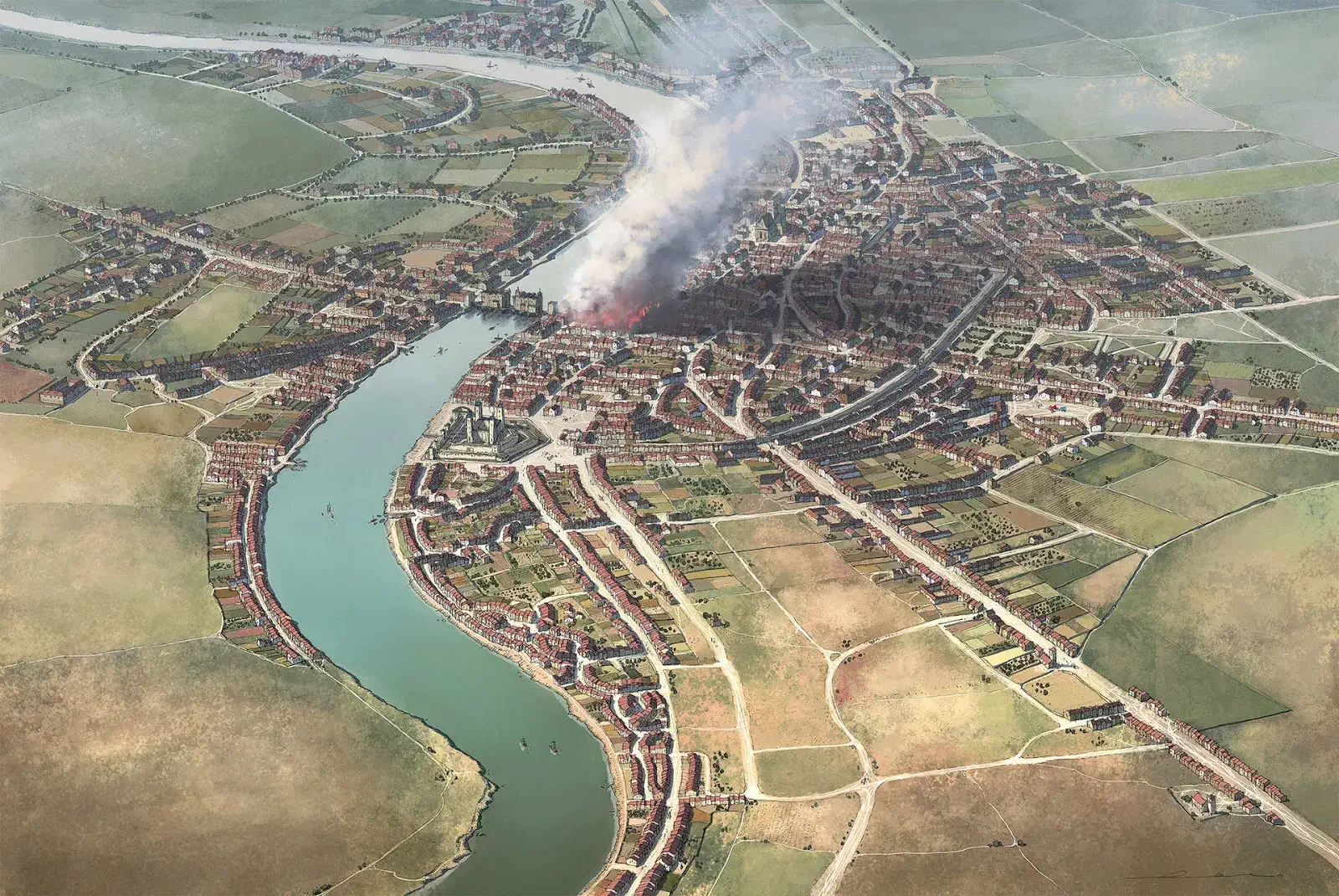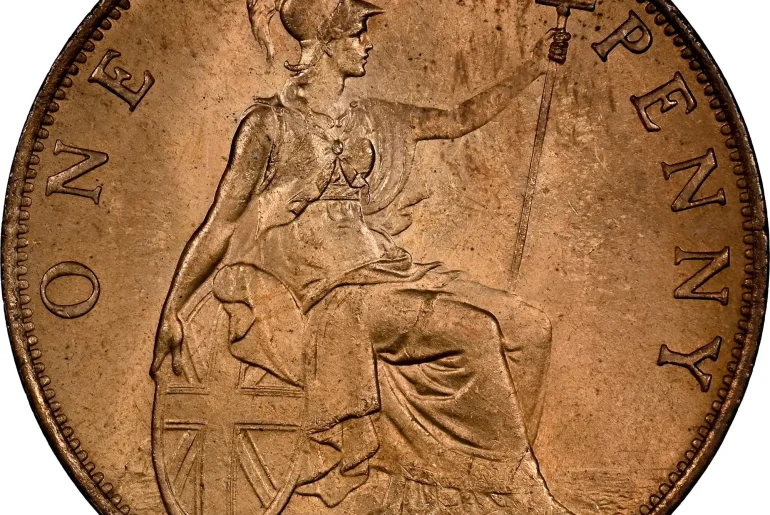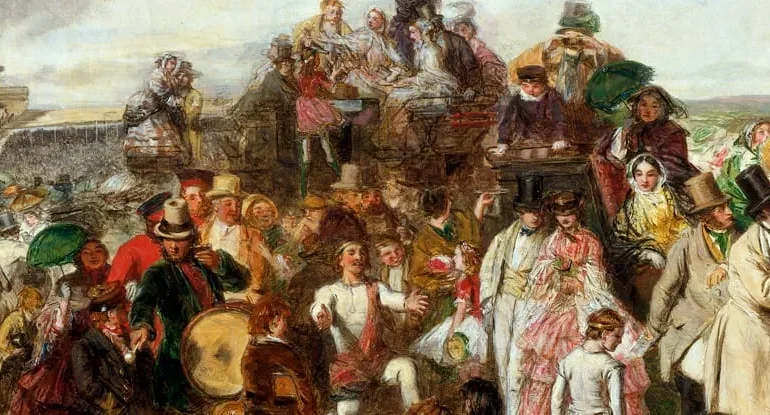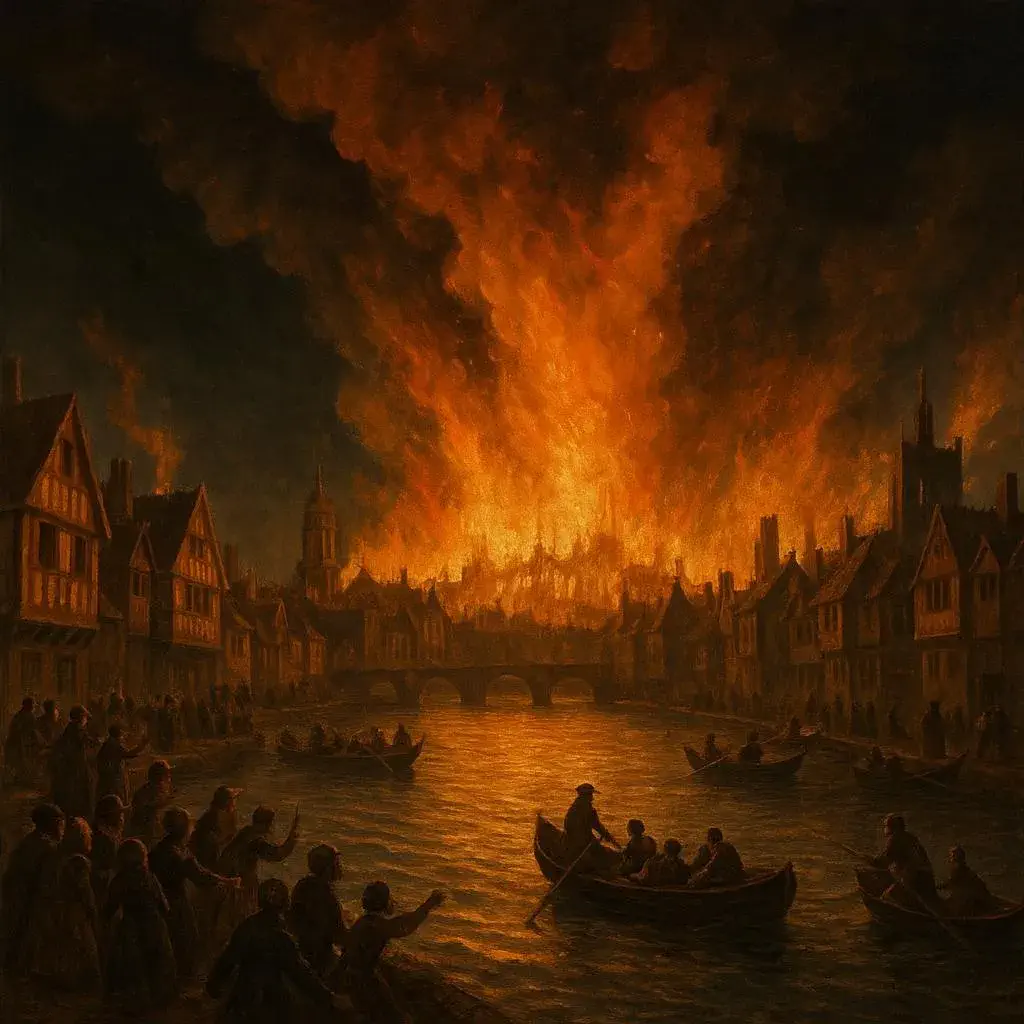
In the early hours of September 2, 1666, a spark in a London bakery ignited one of the most catastrophic fires in British history. The Great Fire of London tore through the heart of the city for four days, destroying thousands of buildings and leaving tens of thousands homeless. Yet from this fiery devastation, London was reborn cleaner, stronger, and better prepared for the modern age.
How Did the Great Fire of London Begin?
The fire started in the bakery of Thomas Farriner, located on Pudding Lane, just after midnight on Sunday. It had been a long, hot summer, and the timber-framed houses of 17th-century London were bone dry. Add to this the narrow, overcrowded streets and flammable materials like tar, pitch, and straw and the conditions were perfect for disaster.
As flames leapt from rooftop to rooftop, strong winds from the east fanned the inferno. Despite frantic efforts to contain it, the fire quickly spiraled out of control.
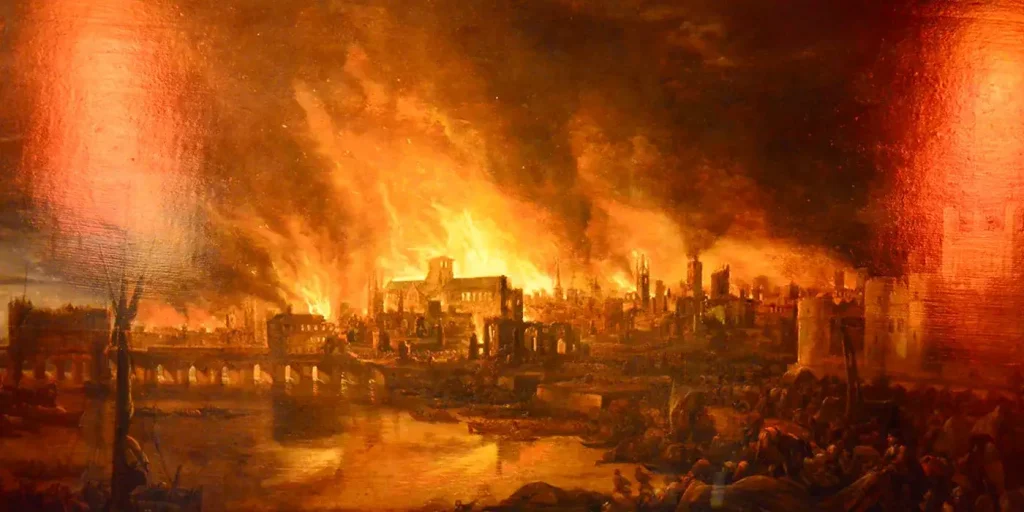
📍 Key Facts at a Glance
- Start Date: September 2, 1666
- Duration: 4 days (until September 6)
- Buildings Destroyed: Over 13,000, including 87 churches and St. Paul’s Cathedral
- People Made Homeless: Around 70,000–80,000
- Deaths: Officially only a few, but true numbers may have been much higher
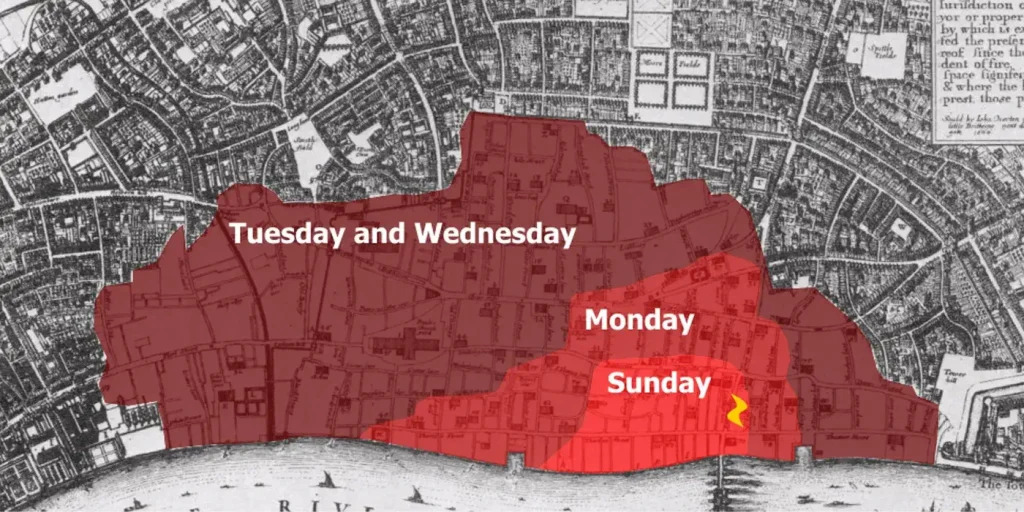
Why Was the Fire So Devastating?
1. Wooden Buildings
London was a medieval city of timber-framed buildings tightly packed together. Flames spread rapidly through these dry structures.
2. Delayed Action
Initial efforts to fight the fire were slow. The Lord Mayor hesitated to pull down buildings to stop the spread fearing legal consequences and property loss.
3. Lack of Firefighting Tools
There were no organized fire brigades at the time. Locals used buckets of water, fire hooks, and gunpowder to demolish houses as firebreaks.
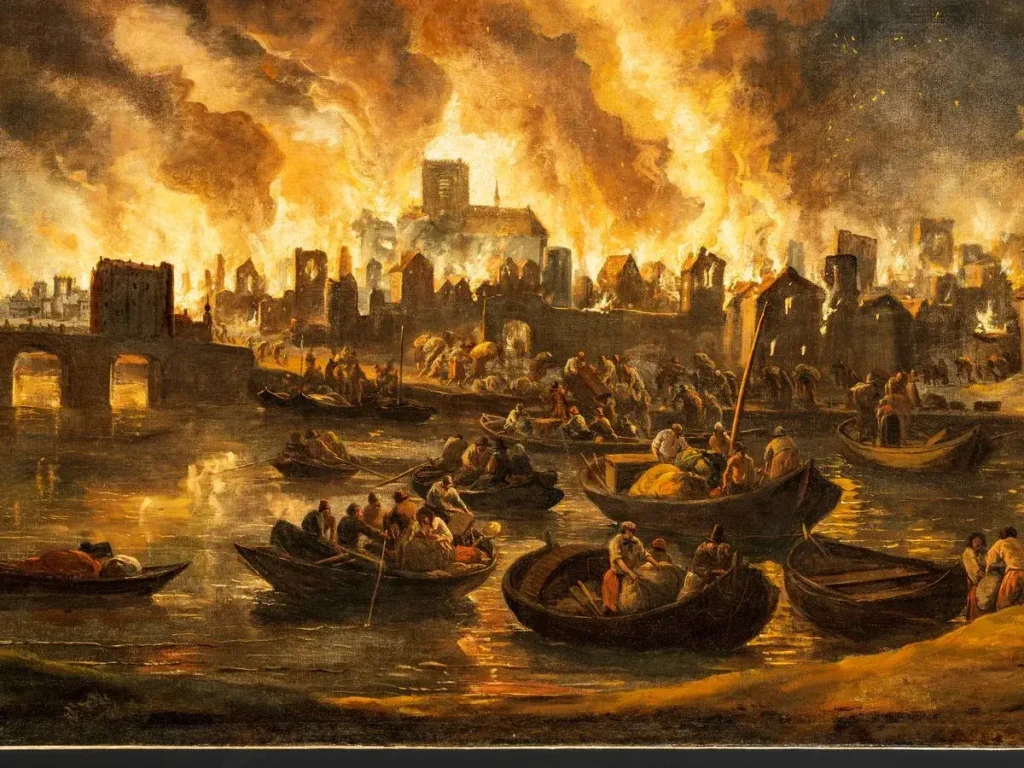
Misplaced Blame and Rising Tensions
In the aftermath, Londoners sought someone to blame. Anti-Catholic sentiment was high, and Robert Hubert, a French watchmaker, falsely confessed to starting the fire. He was hanged despite clear evidence he couldn’t have been responsible. His execution reflected the deep fear and prejudice of the time.
Rebuilding London: A Modern Vision
🔸 Sir Christopher Wren’s New London
While Wren’s grand vision of boulevards and piazzas never fully materialized, he rebuilt St. Paul’s Cathedral and many churches in stunning Baroque style symbols of resilience and rebirth.
🔸 Urban Reforms
- Wider streets were introduced
- Building with brick and stone was encouraged
- The first fire insurance companies emerged
- A greater focus was placed on urban planning and public health
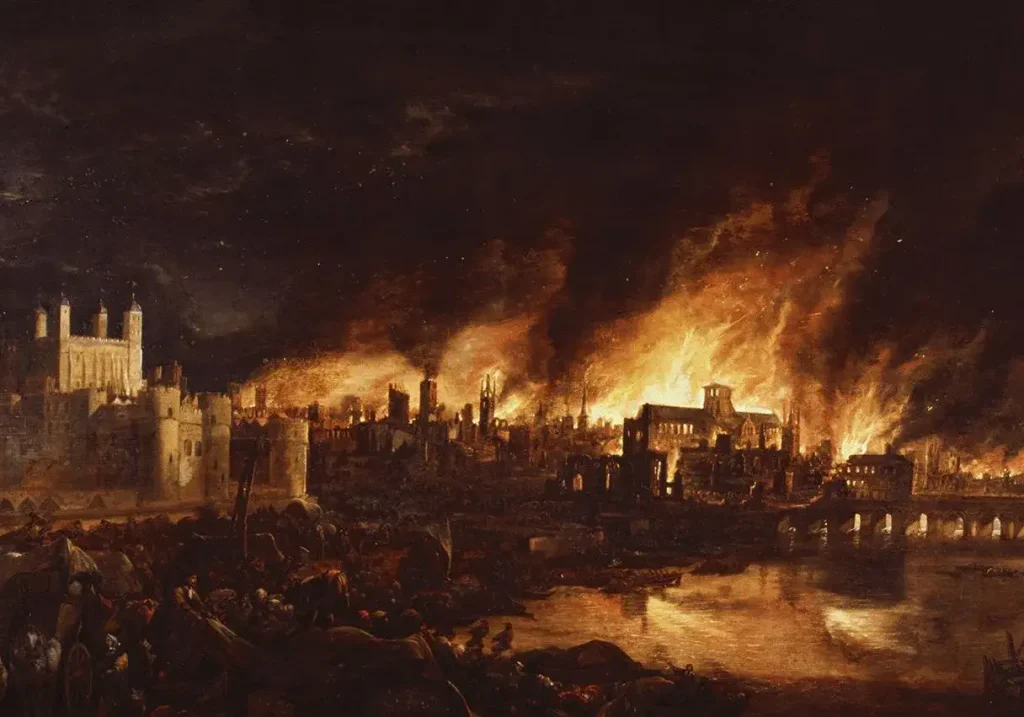
Lessons from the Fire
The Great Fire served as a wake-up call. Not only did it highlight the dangers of unregulated urban growth, but it also led to crucial developments in architecture, emergency services, and building safety regulations changes that still influence cities today.
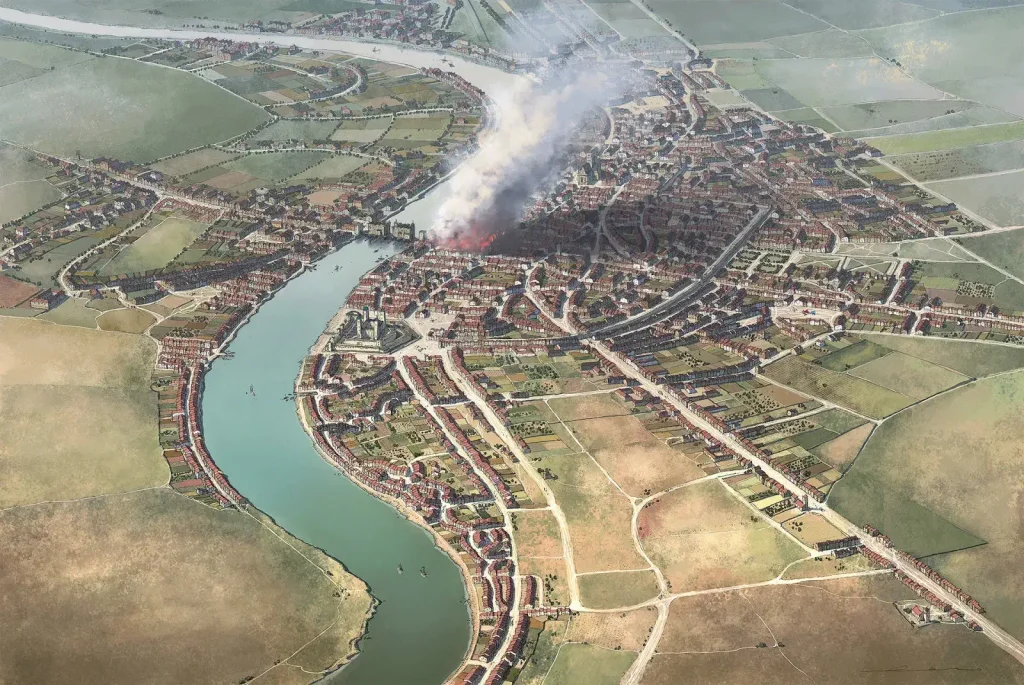
Did You Know?
- The Monument, a 202-foot column near London Bridge, was built to commemorate the fire.
- Samuel Pepys, a government official, kept a vivid diary detailing the chaos his writings remain a key historical source.
- London’s narrow escape from a plague outbreak (1665) just a year earlier may have reduced the potential death toll from the fire.
Legacy of the Great Fire
Though tragic, the Great Fire marked a turning point in London’s history. It signaled the end of medieval London and the beginning of a new, more structured and modern city. Out of the ashes rose not only magnificent churches and stone buildings but also a renewed understanding of urban safety and resilience.
Conclusion
The Great Fire of London was more than a disaster it was a transformation. It forced a city to confront its vulnerabilities and sparked a period of innovation and rebuilding. Today, its legacy is etched into the very fabric of London, reminding us that even in ruin, there is opportunity for rebirth.

